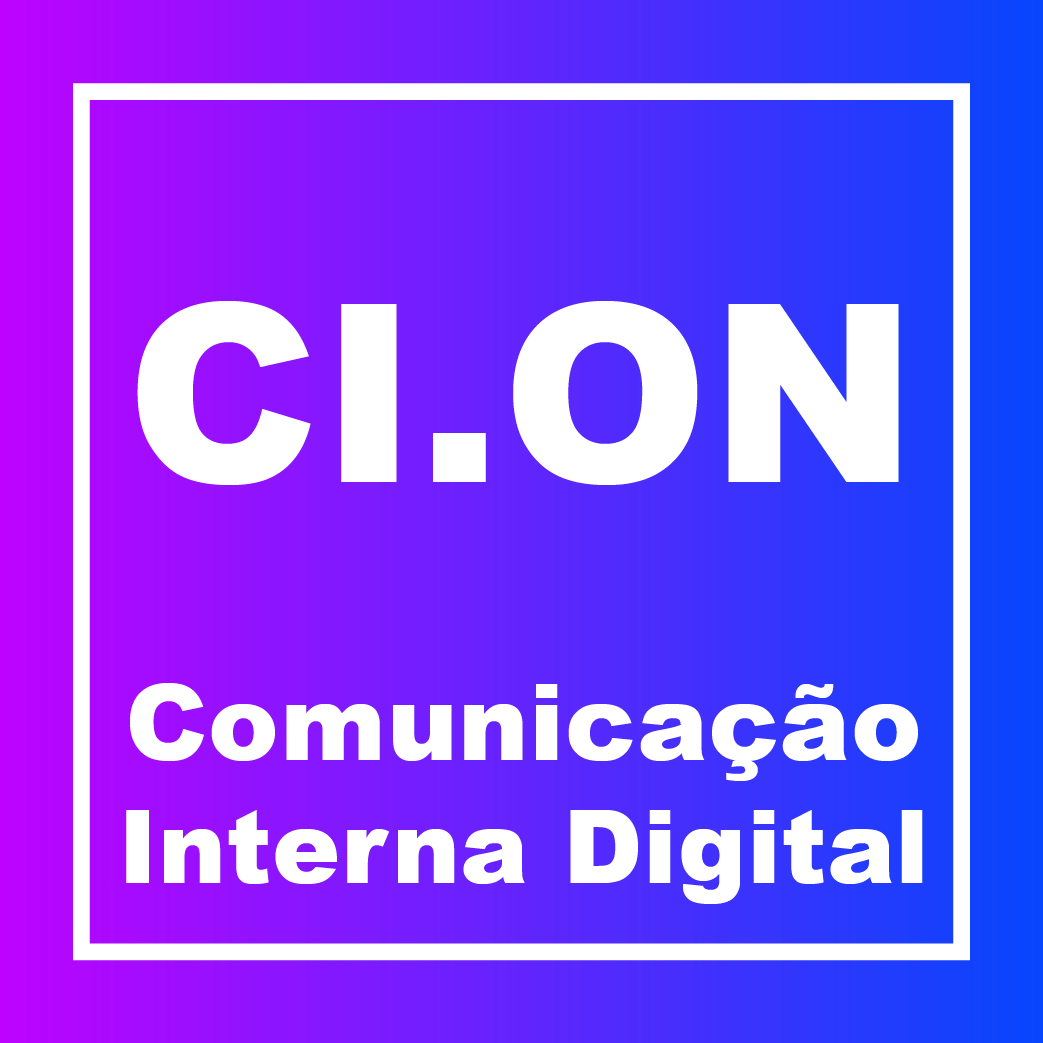Onildo Cantalice: “Transparency is the best strategy”

Paulo Noviello
It would not be an exaggeration to say that Onildo Cantalice is one of the leading names in Brazilian economic journalism and perhaps the principal representative of the journalism on this sector. With 27 years of experience and a background in journalism and economics, Onildo coordinated and edited more than 350 studies. He developed his own methodology as an analyst and coordinator of the Panorama Setorial, which was part of the now defunct newspaper Gazeta Mercantil, as well as editing approximately 50 articles. In 2003, he anticipated the trend in the market of journalists becoming entrepreneurs, with the founding of the 1ª Edição Setorial, a company that provides sector content to companies, associations, advertising agencies, chambers of commerce, consulting firms and foreign investors. Since 2006, the 1ª Edição Setorial has had a partnership with the Newspaper Valor Econômico. Onildo’s company produces content exclusively for the Valor Análise Setorial division, including approximately 80 studies about various sectors such as private hospitals, ports, e-commerce, logistics operators and renewable energy. He was also a researcher at the CEBRAP (Brazilian Center for Analysis and Planning), one of the most important research institutes in Brazil.
In an interview, Onildo recalls this history and also demonstrates his expertise in sector analysis, with an inspired insight into the outlook for the Brazilian economy in general and the business communications sector in particular. He shares his vision of how communication can be fundamental in putting economic activity in Brazil back on track, and in providing companies in all sectors with an important strategic advantage in a highly competitive market.
Can you explain how you came to the realization that the development of sector reports was a good niche for you?
In the past, sector studies attracted the interest of various companies, banks and investors, due to the lack of well interpreted, reliable information, with a clear and objective language. There was a need for information that went deeper than the daily coverage in newspapers and analyzed the interconnections of related businesses. At the time, in Brazil, Gazeta Mercantil was the only communication entity that developed this type of study. Under the baton of the journalist Matías Molina, my mentor, we developed what I call an “assembly line of intellectual work.” The investigative work was rigorous and thorough, with an absence of journalistic intent but with the agility of a news department. In addition, we also relied on our ability to get new and current information. Any information that is even 1% in doubt is not published! This is the motto that I learned from Molina.
Because of globalization and the advancement of the internet, this work has become even more relevant for the inverse reason: too much information, and much of it is garbage. Also, my “editor’s view” and the multi-sector knowledge that I have accumulated allows me to conduct studies with short summaries that are necessary for executives who are increasingly out of time and pressured to make quick decisions. It’s also important to note that the organization of these studies is also very helpful. By having a very detailed index, it takes the reader about 10 seconds to find what they want, without the need to read 100 or more pages. It’s what I call a “printed Google,” although there is also the electronic version (PDF).
Finally, there are international investors interested in information on sectors and companies in Brazil because assets have reduced values in foreign currency.
How did the partnership to produce reports with Valor Econômico come about?
Beginning in the early 2000s, the Gazeta Mercantil plunged into crisis, including a change in control of the journal. But the Panorama Setorial team became more independent. Finally, in 2005, it ceased operations. However, their accumulated knowledge had a historical value and their utility had been validated by the market.
So, at the end of that year, we negotiated a partnership, along with Molina, with Valor Econômico through the Special Projects Board, who embraced the “cause” and promoted the project internally. In May 2006, the Valor Análise Setorial division was initiated with the simultaneous release of five studies in the following areas: Telecommunications, Shopping Centers, Pulp and Paper, Meat and Pharmaceutical. Since then we have produced more than 13,000 pages of sector content illustrated with graphs, tables and about 1600 company profiles.
What is the criteria you use to measure the efficiency of a given sector?
I analyze the evolution of each sector based on a series of historical data, not just a photograph of a year, the strategies and investments. Mainly, I explore the challenges and prospects for the coming years. Along with traditional indicators of operational and financial performance (production, sales, exports, sales …), I also focus on other key aspects that reveal the sustainability of the business. For example, for the sector of imported raw materials, I analyze the behavior of foreign exchange rates. As for sectors that are regulated by the government, I review the possible consequences of measures approved by the executive branch or the Congress.
For this kind of analysis, what is the degree of efficiency of the communication work in these sectors?
For the elaboration of these studies, the contribution of business communication professionals is of paramount importance. The first thing I do is contact the communications department (either external, or internal) or, if that is not possible, then the marketing or the institutional relations departments. The volume, quality and detail of the information that these professionals are able pass on to me – in addition to what has already been publicized in reports, releases, materials, and annual reports – allows for a more complete profile and enables me to demonstrate the importance of the company within the marketplace.
How do you evaluate the role of communication in companies and sectors facing crises, such as the contractors involved in Operação Lava-Jato and Samarco mining / Vale, which was responsible for the Mariana disaster?
Transparency is the best strategy, even when the company is experiencing a crisis. This work is meant to be informative and not problematic. Considering this, I contacted a private company engaged in the Lava Jato case, who responded by providing the information through their communications agency. On the other hand, another company, in a similar situation, did not send the requested information, despite the efforts the communication department.
I think Lava Jato has been an excellent laboratory for crisis management for professionals in corporate communication. Their actions have become increasingly important to companies who have a strong position in the economy and want to preserve (or rebuild) their image. For groups facing problems, the use of good communication tools is preferable to concealing information and it often has a positive effect. This is especially true for companies that need to sell assets to remain in the market.
We are entering a new phase in Brazil with the prospect of economic recovery. Which are the most promising sectors in a positive environment, and which are the least promising?
Among the most promising are those that can take advantage of a favorable exchange rate and those which have competitive strength, such as pulp and paper. Also, those that support other sectors such as logistics, and those that are engaged in population longevity, such as health care (private hospitals and clinics, testing laboratories, drug companies, the pharmaceutical industry …).
It also interesting to look at infrastructure. Due to the many obstacles it is facing, it will require major investments, especially in a scenario of fiscal tightening by the government. Furthermore, there will be room for privatizations and concessions to private enterprise, since the assets of Brazil are cheap, due to the crisis and the exchange rate. Some examples are: ports and private terminals, airports and energy – especially renewable. We’re talking about complex sectors, led by large companies, who need an agile and efficient communication with their customers and stakeholders, as well as being able to strategically position themselves in a future environment that is less driven by ideology.
On the other hand, those who are directly linked to the consumption of non-basic goods and dependent on credit, such as retail fashion, the auto industry and home appliances, have less ability to adapt and prosper. The health and beauty industry, which has gone unscathed in the various crises, is feeling it this time. But I want to use a parenthesis here: when analyzing the history of many sectors, it should be noted that in most cases the levels of production and sales have a long-term growth curve, even though they many suffer cyclical variations in times of crisis. In addition, with the studies that have been made since 2015 until the present, I’ve noticed that even in this period of turbulence, several companies (including the sectors that I mentioned above as promising) continue to invest significant amounts so that they can come out ahead when the economy recovers.
What are the concrete ways in which a Communicator can contribute to the growth of certain businesses in sectors that are in crisis or in sectors that have positive outlook.
The law firms sector is a fascinating case. I have coordinated three studies, the first in 2002, and the third, in 2013 for Valor Análise Setorial. The result was three volumes, 1,100 pages in total and 367 offices profiled throughout the country. It was evident that the development in this sector was a result of the advances in its communication efforts, which had the effect of increasing the importance and visibility of the sector in the economic scenario. What’s more, there has been a growing awareness that lawyers need to have a deeper knowledge of the sectors they are representing, and not just an understanding of the relevant laws. In addition, these professionals are often the company’s spokesperson and therefore they must be well prepared in their role as a communicator. Remember, it is an activity with the same limitations as advertising and publicity, and therefore a great challenge to the communication professional. The pharmacies and drug industries also boosted their development by betting on a strategy which included the use of communication to change their image from that of a place of diseases to an environment that promotes health and welfare.
I would add that communication has the strategic role of positioning their company as solid, sustainable, socially responsible and innovative, whether it is in a sector that has a positive outlook or one that is in crisis. Some of the possible benefits are: attracting foreign investment, bank funding and a positive image with consumers. There is no room for the old maxim of hiding information because of competition. As I said, transparency is a value.
How can communication departments and marketing work together and avoid conflicts with respect to brand values, image and reputation, relationships with the media, content production and relationships with stakeholders? Are there sectors that are sensitive to this work?
Companies cannot have islands, isolated departments, which are not aligned in many aspects, such as mission, values and long-term expansion planning. When contacting more organized companies, we often see the synergy between communication and marketing. Frequently, the answers to our questions are given by various departments, which then pass through the sieve of the president. Generally, the interface is made with communication, who collaborates with marketing especially when providing market intelligence data, which is essential to sector study.
It’s true, there are some sectors that have many companies, especially medium and small ones, who don’t have communication departments, and this work is carried out by marketing or sales. This greatly hinders the work of the journalist. The best-case scenario is when there is this synergy between these areas.
What can marketing departments, PR, Content, Communication, HR and Government Relations learn from a more “macro” view of the economy?
More than ever, these professionals play a strategic role in the business. This involves understanding many of the economic nuances that impact the performance sector of their company. These include not only macroeconomic aspects, such as exchange rates and interest rates, but others which are not exactly economic in nature but interfere with the focus of their operation. This is the case with regulatory change. To give an example, the opening of foreign capital to the private hospital sector in 2015 was certainly closely monitored by marketing departments, public relations, content, communications and government relations of companies in the sector. Another example: I prepared an analysis of the macroeconomic impact on the real estate market for professionals in the building industry who needed to decide what to build on a dozen pieces of land in the southern part of São Paulo. This material was at the beginning of the final report, which also featured the analysis of engineers, architects, statisticians … This demonstrates the importance of understanding the economic moment in technical work.
What do you think of the Branded Content trend and how it may affect or contribute to the environment of the various sectors of the Brazilian economy?
We have partnerships with communication agencies and PR, who have expanded their scope, encompassing communication within a larger strategic planning geared towards each customer. In this sense, our work studying industries and companies is complementary, and it can make a difference in competitions and future actions, in addition to equipping communicators with more information. To give an example, a large agency participates in a competition to gain a customer’s business in the energy sector and included in the sales package is a custom study of business opportunities in the client’s sector. For this, we set up a specific meeting.
In your view, can communication can be a macroeconomic indicator?
In general, the most developed sectors are also the most organized in terms of consolidated information, knowledge of its importance to the economy and society, and also their preoccupation with the society and the markets they participate in having equal importance. In this sense, effective communication becomes an indicator of the importance of this sector to the economy. I always say that a sector that is not known, which has no numbers, will have more difficulty dialoging with governments, banks, suppliers and customers, and this fact can impede their growth.
If you were to start a second career in a communication department, which sectors do you feel would offer you the most opportunities for communication work? And which would you avoid?
The logistics sector would certainly be at the top. Although it is “invisible,” it is fundamental to the advancement of many other sectors. For example, e-commerce is logistics in the vein. The education and healthcare sectors, which are essential to our country, are also promising – and I would like to contribute to their development. Companies linked to the world of sports have a strong communication connection with the consumer. There is also a huge potential for communication as a business. In theory, I would not avoid any, because what I find most challenging is the increase business opportunities.
As an analyst of the sector landscape, how would you advise more traditional businesses to be innovative in terms of communication? How would you improve communication, so that it is more effective and is not confined to advertising and publicity?
Quality content is a useful tool to improve communication with the market. To give an example, in 2014 we were approached by the press office of a shopping center who wanted to provide visitors, at a trade show booth, with content instead of a gift. As a result, we produced a mini study of their industry, encompassing information about the growth potential of the cities in São Paulo where its main shopping centers are located.
Another example: we prepared two studies for a business association, consolidating the key indicators of the industry, in an effort to enhance its importance in the economy of the country. In this case we utilized reports of the accompanying macroeconomic scenario and its impact on their activities. This work contributed to the defense of the industry’s interests when dealing with the government. This type of study also provided the entity’s press office with information which could be used to generate publicity. It was translated into english, and presented by their President at an international event.
COMENTÁRIOS:
Destaques
- Escola Aberje leva comunicadores para Amazônia em expedição imersiva
- Encontro de líderes debate responsabilidade do setor empresarial e papel da comunicação na COP30
- Aberje realiza reunião presencial com Comitês de Estudos Temáticos em São Paulo
- A comunicação é forte em mercados em que as associações são fortes
- Aberje participa do painel de entidades no 19º Congresso da Abraji
ARTIGOS E COLUNAS
Marcos Santos Maratona da vidaMônica Brissac Thought Leadership: marca pessoal x reputação corporativaLetícia Tavares Liderança comunicadora: um tema sempre atualHamilton dos Santos Comunicação é estratégica na economia contemporâneaCarlos Parente Um salto ornamental para mergulhar no pires



























